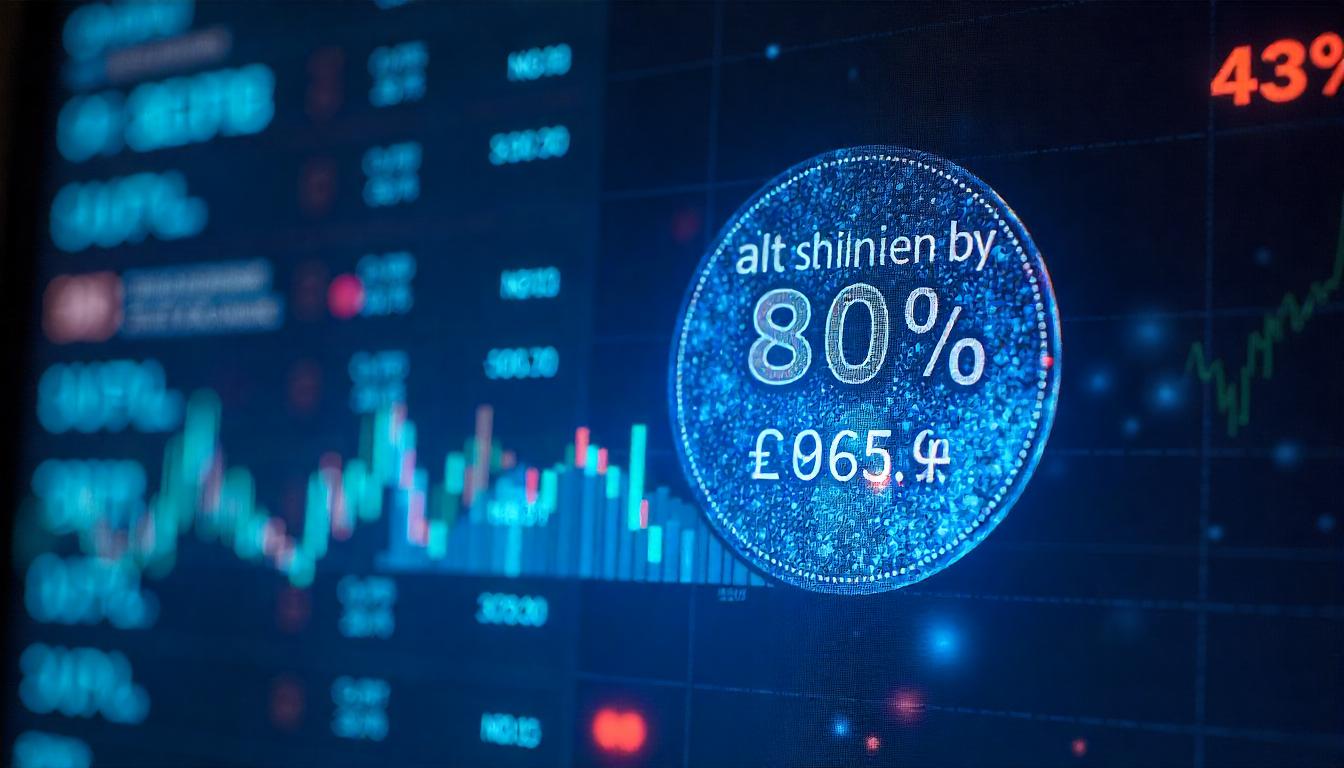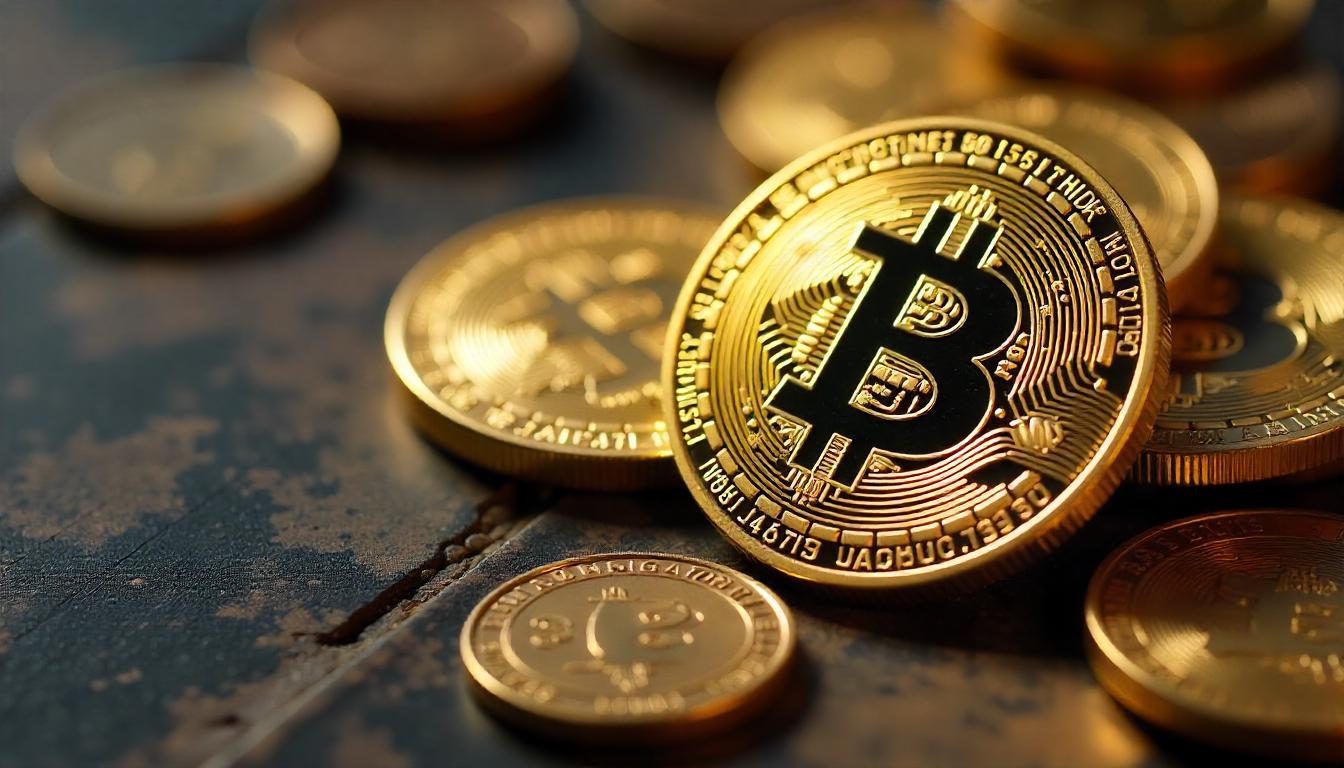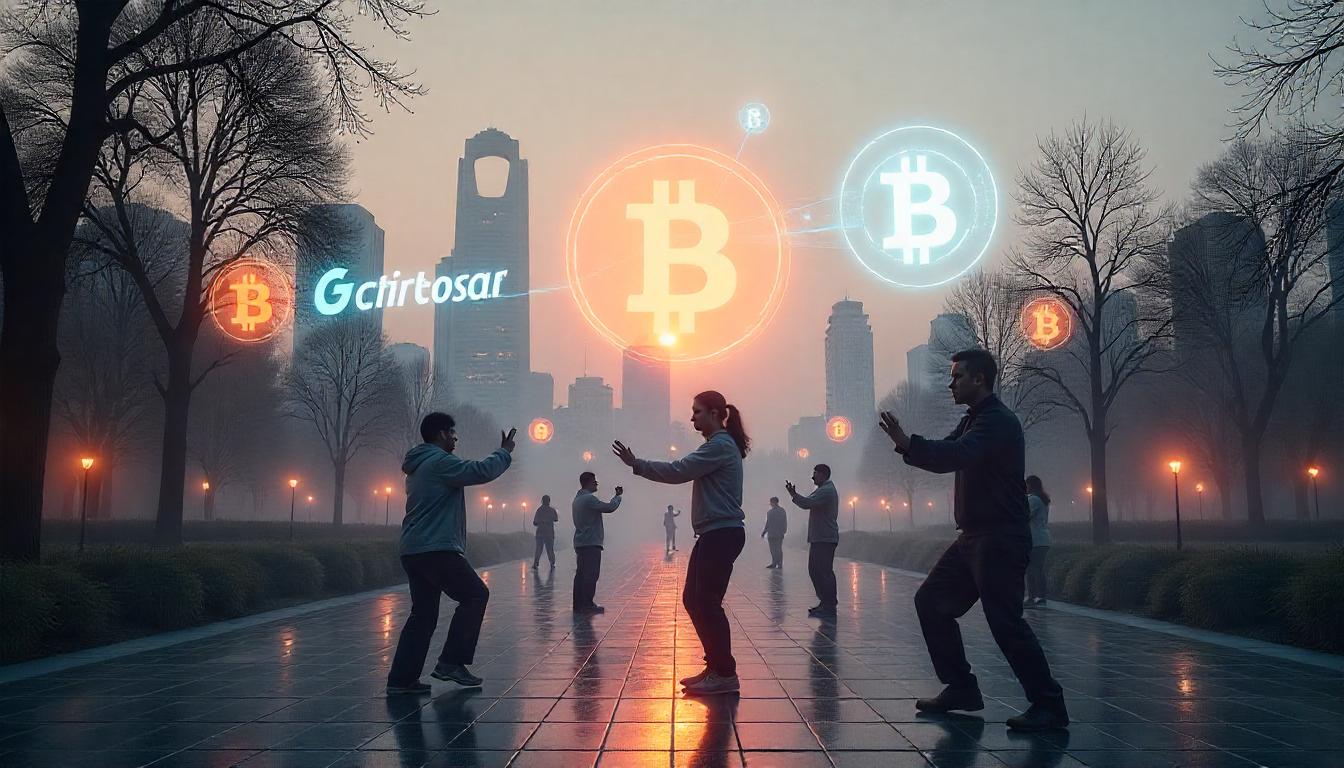Solana’s Inflation Reduction Proposal Struggles to Gain Validator Support Ahead of Deadline
A proposal aiming to slash SOL’s inflation rate by 80% is facing an uphill battle as validator support remains limited. Dubbed SIMD-0228, the proposal suggests shifting to a market-based token emission model to prevent the network from overpaying for security.
According to Dune Analytics, 746 out of 1,334 active validators (roughly 58%) have participated in the vote so far. Of those, 37.8% favor the proposal, 18.5% oppose it, and 1.2% have abstained. With less than 11 hours left until voting closes at Epoch 755, approval seems unlikely unless support surges at the last minute.
What’s Driving the Debate?
If implemented, Solana’s inflation rate would drop from 4.5% to about 0.87%, drastically cutting the number of newly issued SOL tokens. Some believe this could have a positive impact on SOL’s price, as lower supply growth often strengthens an asset’s scarcity-driven value proposition.
“Solana’s ecosystem is far stronger than it was in 2023, when on-chain volume often sat below $100 million daily. Today, we’re seeing consistent billions in volume, making it the right time to align token issuance with real demand,” said Logan Jastremski, co-founder of Frictionless Capital, on X.
Market and Validator Reactions
While many investors see the proposal as a potential bullish catalyst for SOL, others worry about its impact on staking rewards and network decentralization.
“Reducing issuance could strengthen SOL’s long-term value,” noted Tagus Capital in a recent report. “However, cutting staking rewards may force smaller validators out of the ecosystem, increasing centralization risks.”
With time running out, the Solana community is closely watching whether last-minute votes will sway the outcome—or if SIMD-0228 will be shelved, forcing developers to rethink their approach to inflation control.





